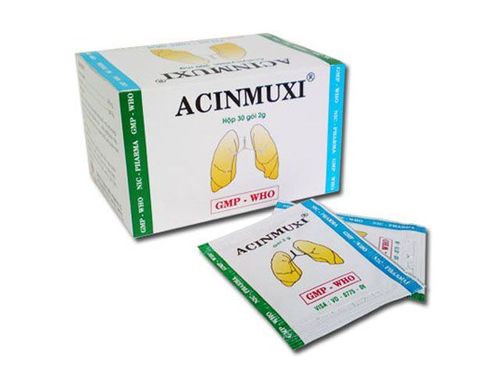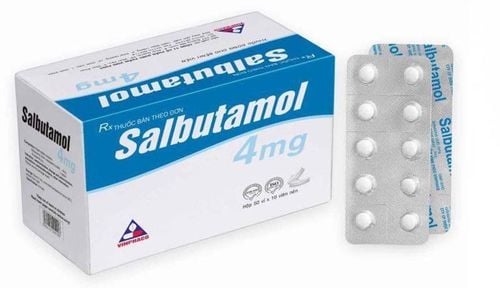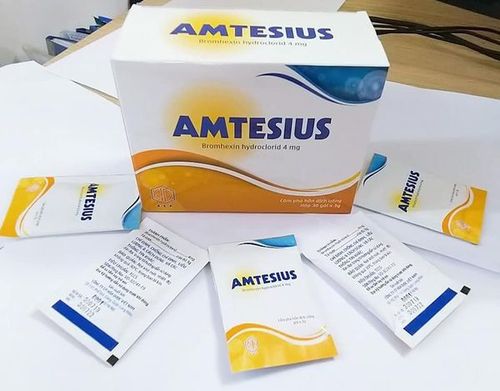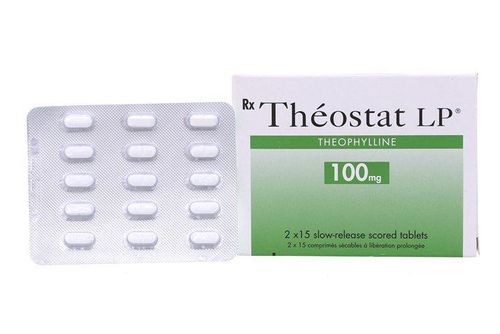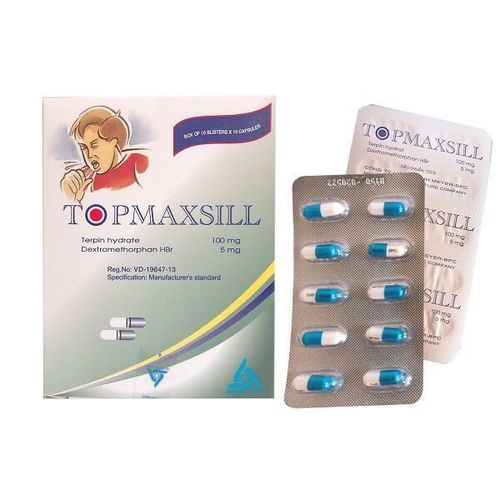This is an automatically translated article.
Bronchiectasis is considered one of the serious respiratory diseases and leaves many negative consequences for the patient's health, especially when the growth of the cyst causes compression on other organs. . Therefore, the best and most effective method to treat bronchial cysts early is surgical removal of bronchial cysts.
1. Bronchial cysts
Bronchial cysts are a condition in which the body appears bronchial cysts are the most common type of cysts appearing in the human mediastinum, with an incidence of about 50%-60% of cases of human mediastinal cysts. big. Because bronchial cysts are produced by abnormalities in the lungs, bronchial cysts can occur in both the lungs and the mediastinum. The most common location of bronchial cysts is in the carina, very rarely in the anterior mediastinal bronchial cyst. Recently, some studies have also shown that bronchial cysts also appear in other organs such as esophagus, pericardium, sternum...
In terms of pathology, bronchial cysts are round cyst, smooth surface, inside is a thin, clear or yellow and white liquid, sometimes viscous. Bronchial cysts are usually shaped like dumbbells on either side of the diaphragm. In case the bronchial cyst is not infected, the cyst can be removed from the body. For the macroscopic, inside the cyst is a cavity, rafted. If microscopic, the ciliated columnar respiratory epithelium is the structure of the bronchial alveolar lining, and may be squamous or flat epithelium. May have glandular structures, cartilage, smooth muscle, and fibrous tissue.

U nang phế quản là những nang tròn có bề mặt trơn
Symptoms of bronchial cysts are usually quite poor and do not manifest clinically, only when the cyst is large and growing, there will be some symptoms due to compression of other organs or symptoms of cyst infection. If it is organ compression, the symptoms are very diverse and different in each organ. As for cyst infection, there will be some typical symptoms such as body fatigue, chest pain, fever, possibly increased white blood cell index in the blood. To accurately diagnose bronchial cysts, chest computed tomography plays a very important role. Thanks to this paraclinical means, the doctor can diagnose the tumor location as well as investigate some properties of the cyst.
2. Surgical removal of bronchial cysts
If bronchial cysts are in the early stages, small in size, then surgical removal of bronchial cysts is the most optimal option in the treatment of bronchial cysts. If the cyst is large, it is difficult to cut the bronchial cyst, and if there is an infection of the cyst, the cyst will tend to stick to the surrounding tissues, making it more difficult to operate, if caught. If surgery is required, at least the lining of the cyst must be removed to be considered successful in the treatment of bronchial cysts. Usually, the method of bronchial cystectomy leaves very few complications on the patient, so it is always a first-line indication in the treatment of this pathology.
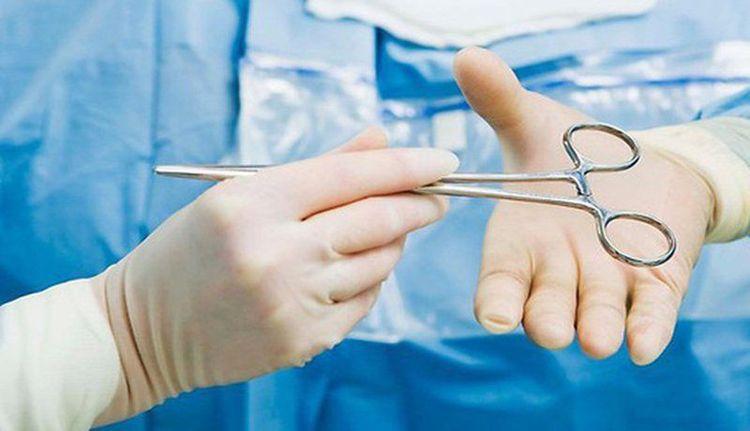
Nên phẫu thuật cắt bỏ khi u nang phế quản còn nhỏ
The steps to perform the bronchial cystectomy technique are:
Place the patient in a supine, or inclined position. Single-lung endotracheal anesthesia Make skin incision depending on the location of the bronchial cyst tumor, specifically in the case of lung parenchyma, mediastinum, skin incision is made according to the midline of the sternum, or the chest line 2 beside. Observe and evaluate the lesion of the bronchial cyst ̧ whether the tumor is located in the lung or the mediastinum. Using specialized tools in cardiothoracic surgery to cut the lung with cyst ̧ note that wedge cutting is required. A pneumonectomy may be performed if the cyst is located in the lung. Bring the specimen to the pathology department for testing Perform hemostasis for the patient Place a pleural drain on the patient Close the incision according to the sequence of anatomical layers. Some complications that need to be monitored after performing bronchial cystectomy are:
Patients with bleeding need to review the pleural drainage tube, the incision can be reopened to check. In case the patient appears to have air leak, especially bronchial cyst in the lung, it must be monitored, if it is more than 1 week, it is necessary to have surgery again to find the cause. Therefore, before closing the incision, it must be checked carefully before the end of surgery. If the infection is too severe, then you need to be treated with antibiotics.
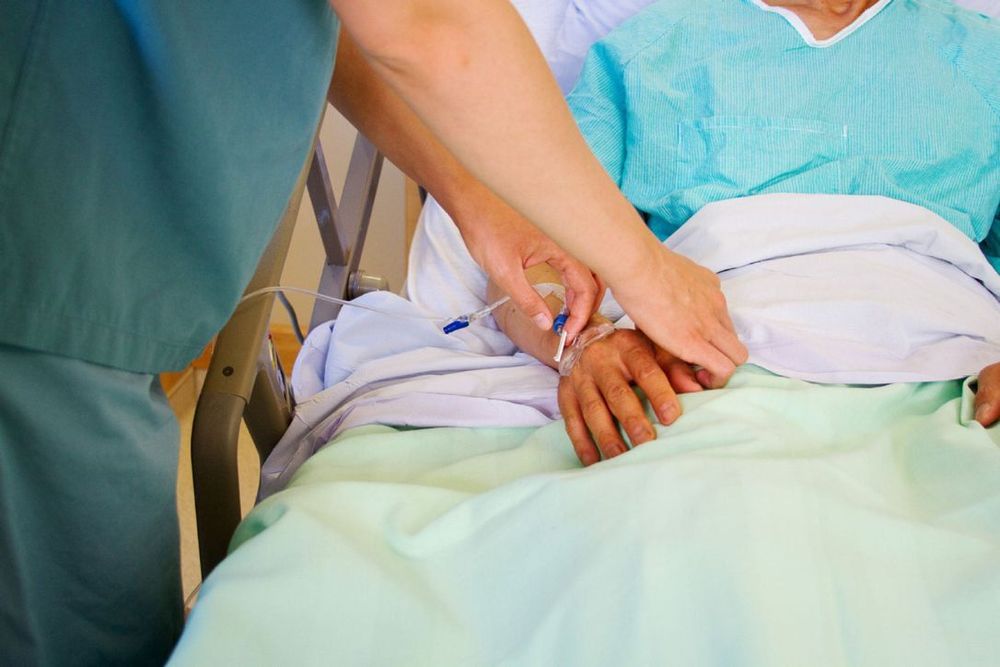
Theo dõi bệnh nhân để đề phòng biến chứng sau phẫu thuật
Today, the technique of cutting bronchial cysts by endoscopic surgery has made the surgery simpler and less complicated. With the function of recording video images, cutting bronchial cysts will be greatly supported, bringing the highest treatment efficiency.
Excision of bronchial cysts is currently the most effective treatment for bronchial cysts. Surgical intervention is needed from the beginning for patients with bronchial cysts when the tumor is small and has not invaded the surrounding area to make surgery to remove the bronchial cyst easier.
Vinmec International General Hospital with a system of modern facilities, medical equipment and a team of experts and doctors with many years of experience in neurological examination and treatment, patients can completely peace of mind for examination and treatment at the Hospital.
To register for examination and treatment at Vinmec International General Hospital, you can contact Vinmec Health System nationwide, or register online HERE.
MORE
Epidermoid Cysts, Sebaceous Cysts What are Thyroid Cysts? Is bronchiectasis contagious?




